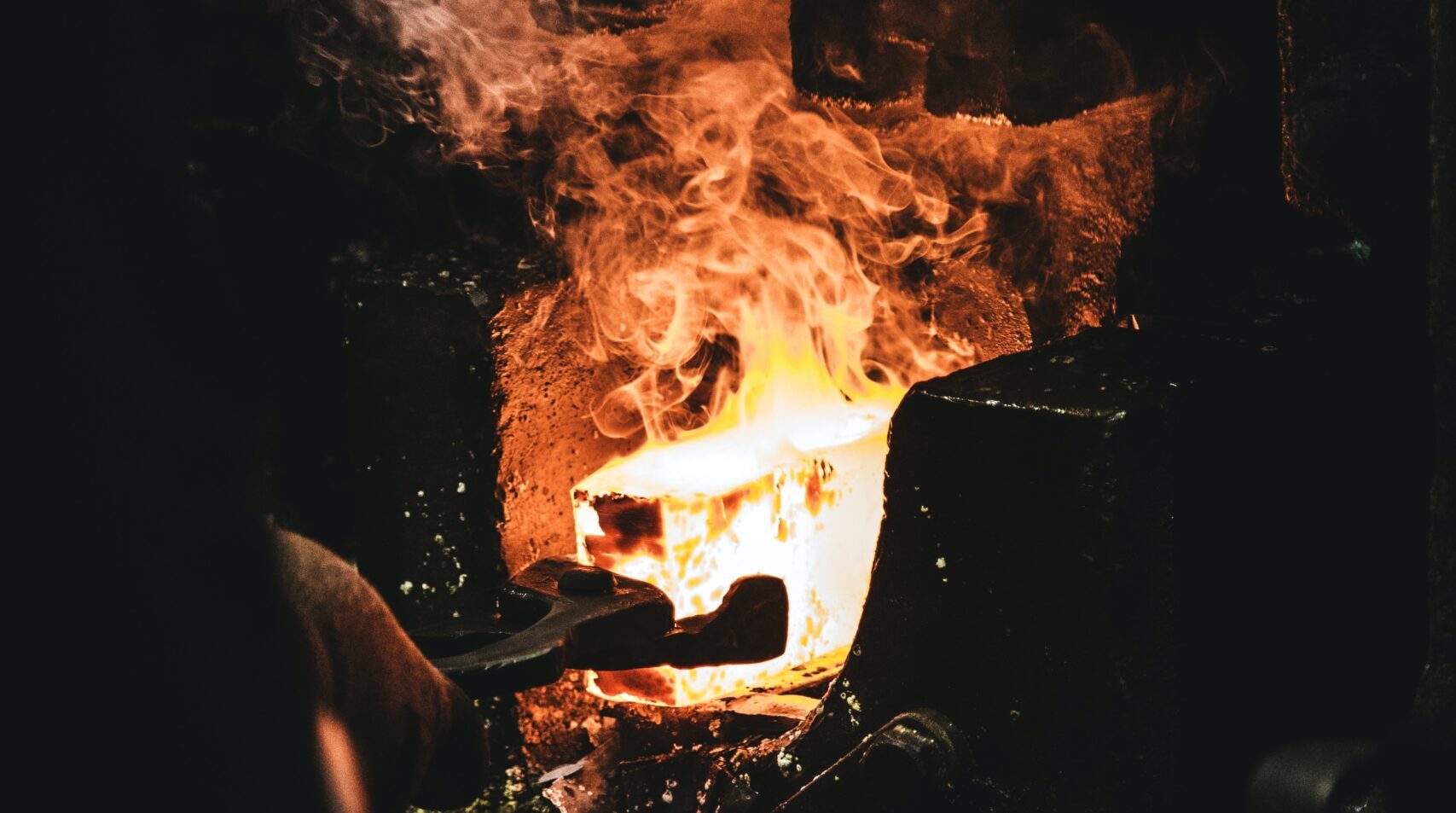Introduction
When it comes to bladesmithing and knife making, having the right tools is essential. One of the most important tools in a bladesmith’s arsenal is a hammer. The hammer plays a crucial role in shaping, forging, and refining the metal to create the perfect blade. In this article, we will explore the types of hammers commonly used by bladesmiths and recommend the best hammers to get started with knife making.
Types of Hammers a Bladesmith Might Need
Bladesmiths require a variety of hammers to perform different tasks throughout the knife making process. Each hammer has its unique characteristics and purposes. Here are some of the most common types of hammers used in bladesmithing:
- Cross Peen Hammer: Also known as a “blacksmith’s hammer,” the cross peen hammer has a flat face on one end and a wedge-shaped peen on the other. It is commonly used for drawing out, shaping, and bending the metal.
- Ball Peen Hammer: The ball peen hammer features a rounded peen on one end and a flat face on the other. It is suitable for peening rivets, shaping curved surfaces, and striking punches.
- Flat Hammer: A flat hammer, also known as a straight peen hammer, has a flat face on one end and a flat peen on the other. It is versatile and useful for general forging, flattening, and planishing.
- Round Hammer: The round hammer, also called a rounding hammer or dog’s head hammer, has a rounded face on one end and a flat face on the other. It is ideal for drawing out and creating curves in the metal.
- Japanese-style Hammer: Japanese-style hammers, such as the cross peen and ball peen hammers, have longer handles and offer a different balance and feel compared to traditional Western-style hammers.
These are just a few examples of the hammers used in bladesmithing. Depending on your specific needs and preferences, you may explore other types of hammers, such as chasing hammers, planishing hammers, or specialty hammers designed for specific techniques.
Best Two Hammers to Get Started with Knife Making
For those just starting their journey in knife making, it’s important to have a couple of reliable and versatile hammers. Here are two highly recommended hammers to get you started:
- Cross Peen Hammer: The cross peen hammer is a must-have for any bladesmith. Its flat face is perfect for general forging and shaping tasks, while the wedge-shaped peen allows for precise drawing out of the metal. Look for a cross peen hammer with a comfortable grip and a weight that suits your preference and strength.
- Ball Peen Hammer: The ball peen hammer is another essential tool for knife making. Its rounded peen is excellent for peening rivets, shaping curves, and striking punches. A well-balanced ball peen hammer with a sturdy handle and a weight that feels comfortable in your hand will serve you well.
These two hammers will provide a solid foundation for your knife making endeavours. With the cross peen hammer and ball peen hammer in your toolkit, you’ll be able to perform a wide range of forging, shaping, and metalworking tasks required in knife making.
When choosing hammers, it’s important to consider the quality of the materials and construction. Look for hammers made from high-quality steel with a durable and well-fitted handle. The handle should be comfortable to hold and provide a good grip to prevent slippage during use. Additionally, consider the weight of the hammer. Opt for a weight that allows for sufficient control and power without causing fatigue during extended periods of use.
While the cross peen hammer and ball peen hammer are great starting points, as you gain more experience and tackle advanced techniques in knife making, you may find the need for additional specialized hammers. For instance, a rounding hammer can be useful for creating rounded and textured surfaces, while a planishing hammer can help you achieve a smooth and refined finish.
It’s worth noting that personal preference plays a role in selecting hammers as well. Each bladesmith may have their own preferred weight, handle length, and balance that suits their unique style and working methods. Experimenting with different hammers and seeking recommendations from experienced bladesmiths can help you find the perfect fit for your needs.
Conclusion
Having the right hammers is crucial for successful and efficient knife making. The cross peen hammer and ball peen hammer are two essential tools that every bladesmith should have in their arsenal. These hammers provide versatility and functionality for a wide range of forging, shaping, and metalworking tasks involved in knife making.
When selecting hammers, prioritize quality, durability, and comfort. Choose hammers made from high-quality steel with well-fitted handles that offer a secure grip. Consider the weight of the hammer, ensuring it provides the right balance of control and power for your preferences and working style.
As you progress in your knife making journey, you may explore other types of hammers to expand your capabilities and tackle more advanced techniques. Specialized hammers such as rounding hammers or planishing hammers can enhance your ability to create unique designs and achieve refined finishes.
Remember, the choice of hammers is a personal one, and it’s important to find hammers that feel comfortable and suit your specific needs. Experiment with different options, seek advice from experienced bladesmiths, and continue to refine your collection of hammers as you develop your skills in the art of knife making.
